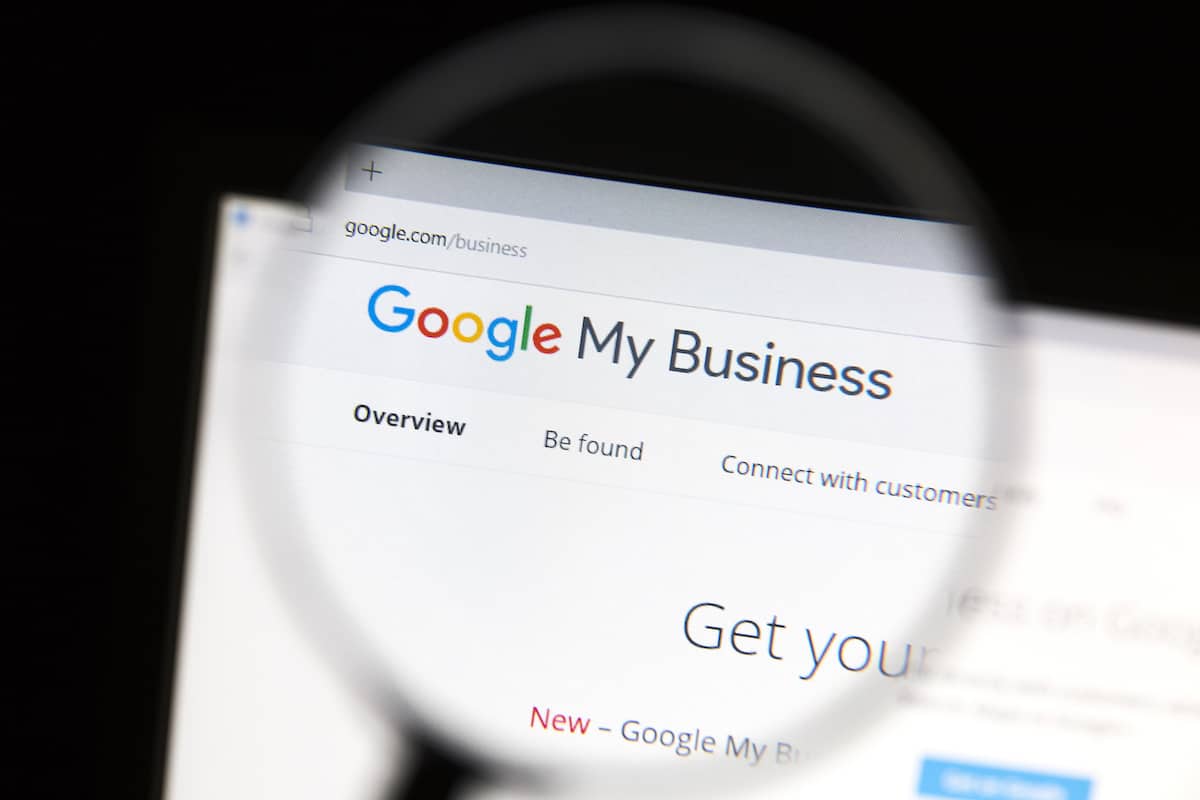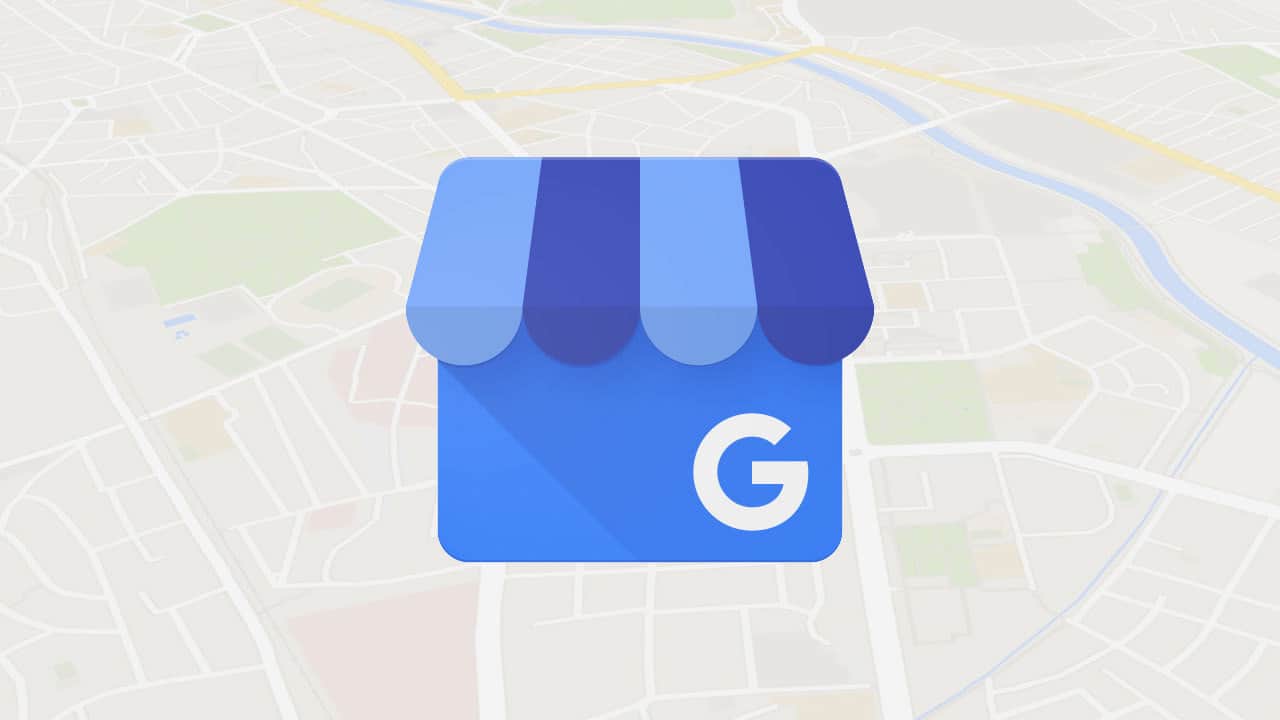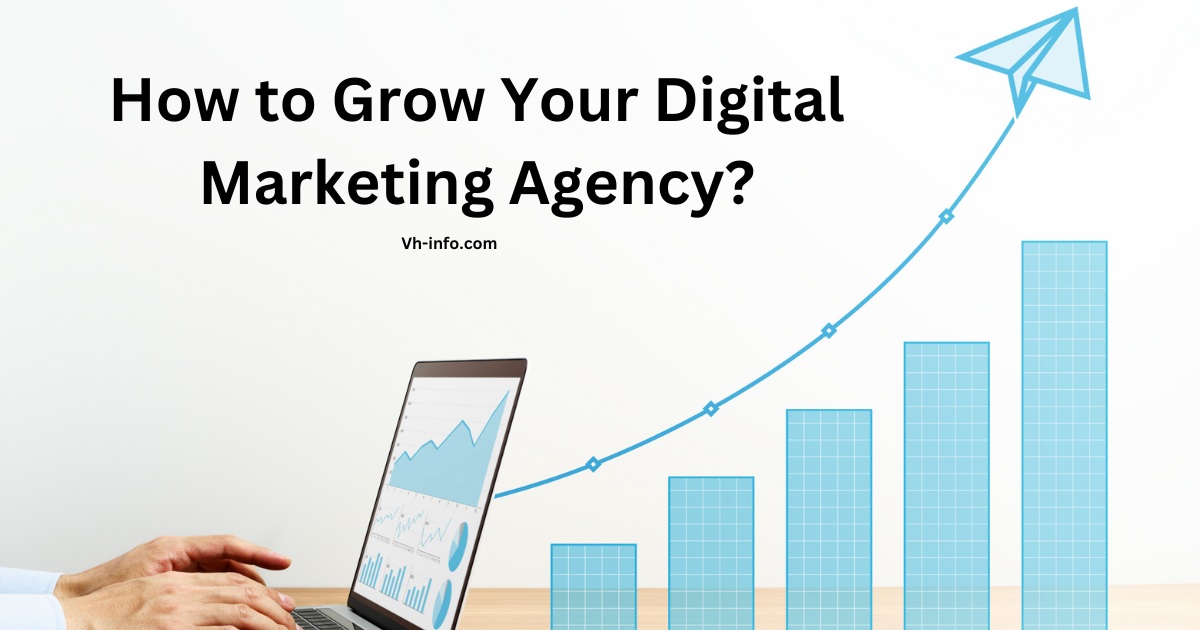
How to Geotag Photos on Google My Business?
So, you want to up your game on Google My Business and reel in more customers, right? Well, geotagging photos

How to Geotag Photos on Google My Business?
So, you want to up your game on Google My Business and reel in more customers, right? Well, geotagging photos

How to Get Your Business on Google: A Step-By-Step Guide
Getting your business on Google is important for attracting new customers and increasing your online visibility. With the majority of

What is Google My Business? [Ultimate Guide For 2024]
In today’s digital landscape, having a strong online presence is important for businesses looking to attract local customers. One of

How to Grow Your Digital Marketing Agency: 9 Proven Strategies
As a leading SaaS link building company, VH-info has helped countless digital marketing agencies scale their businesses through effective link
WHAT WE
3rd floor, VHinfo, QRXG+CG9 Capital Market, Canal Rd, chokdi, Ravapar, Morbi, Gujarat 363641
VH-info © 2025 | All Rights Reserved